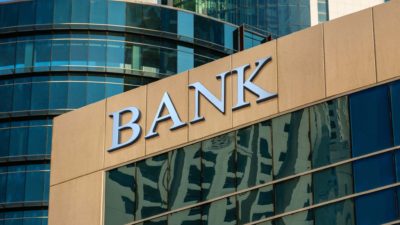The Westpac Banking Corp (ASX: WBC) share price ended up falling less in September than the S&P/ASX 200 Index (ASX: XJO). The ASX 200 fell 7.3% while the Westpac share price declined by 4.5%.
That's an interesting result considering a sizeable part of the ASX 200 is made up of the big banks: Westpac, Commonwealth Bank of Australia (ASX: CBA), Australia and New Zealand Banking Group Ltd (ASX: ANZ), and National Australia Bank Ltd (ASX: NAB).
The ASX 200 consists of many varied companies and can be influenced by different industries or even individual shares. For example, BHP Group Ltd (ASX: BHP) makes up around 10% of the ASX 200. Other resource shares also have sizeable weightings in the index such as Fortescue Metals Group Limited (ASX: FMG) and Rio Tinto Limited (ASX: RIO).
Other large businesses in the ASX 200 include CSL Limited (ASX: CSL), Wesfarmers Ltd (ASX: WES), Woodside Energy Group Ltd (ASX: WDS), and Woolworths Group Ltd (ASX: WOW).
I won't run through how every single business performed last month. But the BHP share price fell by around 5% and many others also saw painful falls.
What happened that could have limited the damage for the Westpac share price?
One of the biggest problems facing investors, and the market as a whole, is that interest rates are rising.
In theory, that's meant to hurt the valuations of assets like shares. It essentially means that investors are wanting to pay a lower multiple of earnings for a business.
But things are a little different for banks because a large part of the activity of lending is about interest rates.
Banks had been suffering from lower net interest margins (NIMs) when interest rates were close to 0%. A NIM tells investors how much profit a bank is making by lending. This is done by comparing the lending rate to the cost of financing that lending (such as through savings accounts).
While it's difficult for borrowers to see the cost of their loan go up, it's seen as a good thing for the NIM of banks because they can quickly pass on the rate hike imposed by central banks. But savers generally aren't seeing the same level of increase.
There are also questions about what higher rates may do to the level of loan arrears and bad debts in the long term. However, higher interest rates are expected to increase bank profitability in the short term.
In summary, it's not surprising that many ASX shares fell in September when the Reserve Bank of Australia (RBA) increased interest rates by another 50 basis points. That certainly impacts valuations. However, Westpac's short-term earnings should benefit from a higher interest rate.
Broker ratings
In September, the broker Citi decided to increase its Westpac share price target to $30, which implies a possible rise of more than 30%. It thinks the bank will benefit from the level of liquidity that it has.
Macquarie is less optimistic about the Westpac share price, with a neutral rating and a price target of just $22.25. It thinks Westpac will do well with a rising NIM but, in the longer term, there could be pressure on its loan book because of the higher interest rates.








